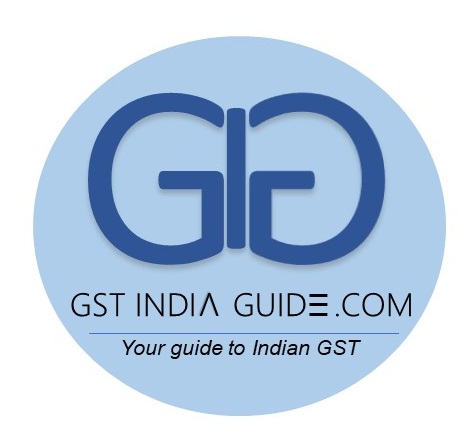Rule 36(4) of Central Goods and services Tax Rules, 2017 has brought in a substantial change by restricting the vailable Input Tax Credit (ITC) of the assessee. The limit has been provided as 20% of the total available ITC as reflecting in assessee’s GSTR 2A. Some of the concerns are addressed by the Board vide Circular No. 123/42/2019– GST dated 11.11.2019. However, there are mistakes which a person can make while computing the limit under Rule 36(4):
a. Credit of Quaterly Tax payers are deferred: ITC of invoices from a person who is filing his GSTR 1 quaterly has been deferred to his filing of return. Usually the Quaterly taxpayers file their GSTR 1 between 25th to 30th of month sunsequent to the Quarter. Thus, their ITC shall be reflected only on 11th of second month after the end of the quarter which shall be a long wait for the buyer. This might bring a resistance in making purchases from a Quaterly taxpayer and might affect the small assessees adversly.
b. Monthly working of ITC limit: Even taxpayers filing GSTR 1 quaterly have to make this computation on a monthly basis.
c. Credit Notes not consdiered by Rule – The Rule speaks of debit notes and invoices but fails to factor the change in GSTR 2A as brought out by Credit Notes. Thus, even though the Credit Note goes to reduce the ITC, it shall not be consdiered for computing limit of Rule 36(4), providing extra buffer of limit to assessees.
d. Weeding out Ineligible ITC: Ineligible ITC relating to motor car, food, person consumption etc has to be taken out before determining the 20% limit as all these ITC does not form part of eligible ITC, even though they are reflected in GSTR 2A of the assessee. Thus, any assessee working it on total GSTR 2A will definetely be liable to pay interest, if not reversal.
e. Only amount not availed is to be added in subseuqent month: It may so happen that a person has availed the ITC basis the 20% limit of the credits not reflecting in GSTR 2A. Accordingly, one has to remember that he has already taken a part of ITC in his return. Thus, the balance amount (difference between ITC available and ITC availed as part of 20% limit) is the amount he should take in subsequent month and not the total ITC. for eg. ITC as per register in November 2019 was Rs. 100,000, while that reflecting in GSTR 2A was 80,000. ITC eligible as per Rule 36(4) will be Rs. 96,000 (80,000+20%) and the same is availed by the taxpayer. The vendor who has not uploaded invoice, uploads the same in December month. In December month, the taxpayer should be careful not to take the entire ITC of the November invoice uploaded bur should take only Rs.4,000 of the balance unavailed ITC.
f. GSTR 2A is dynamic. For proper availment of ITC, one need to keep a check on GSTR 2A of not only the current month, but also the earlier month. The reason is that GSTR 2A is dynamic and it shall stand upadated once the supplier files his GSTR 1 for same month. Any inovice uploaded in GSTR 1 of any subsequent month shall be reflected in GSTR 2A such subsequent month. Thus, a check on past data is a must for an assessee to increase his eligible limit and avail full ITC as available to him.
The above exercise is a huge challenge for all assessees and we hope that minor abbrations of ITC availment shall be ignored and not penalised by the authorities later.
Sponsor:
For monthly working and proper matching of ITC, use V-Match software. VMatch not only computes Rule 36(4) limit, it also maintains the data for future reference.
[pdf-embedder url=”https://gstindiaguide.com/wp-content/uploads/2019/11/V-Match-ppt.pdf”]
Contact us at:

ACCLEDGE INFOSOLUTIONS PRIVATE LIMITED
SD 433, Pitampura,
Delhi 110034
+91 8920 934 943
+91 966 7444 093
[email protected]
www.accledge.com/vmatch
